Struggling with the redness and irritation of rosacea? Essential oils may offer relief! In this post, we'll discuss how to use essential oils to help soothe and reduce the appearance of rosacea.
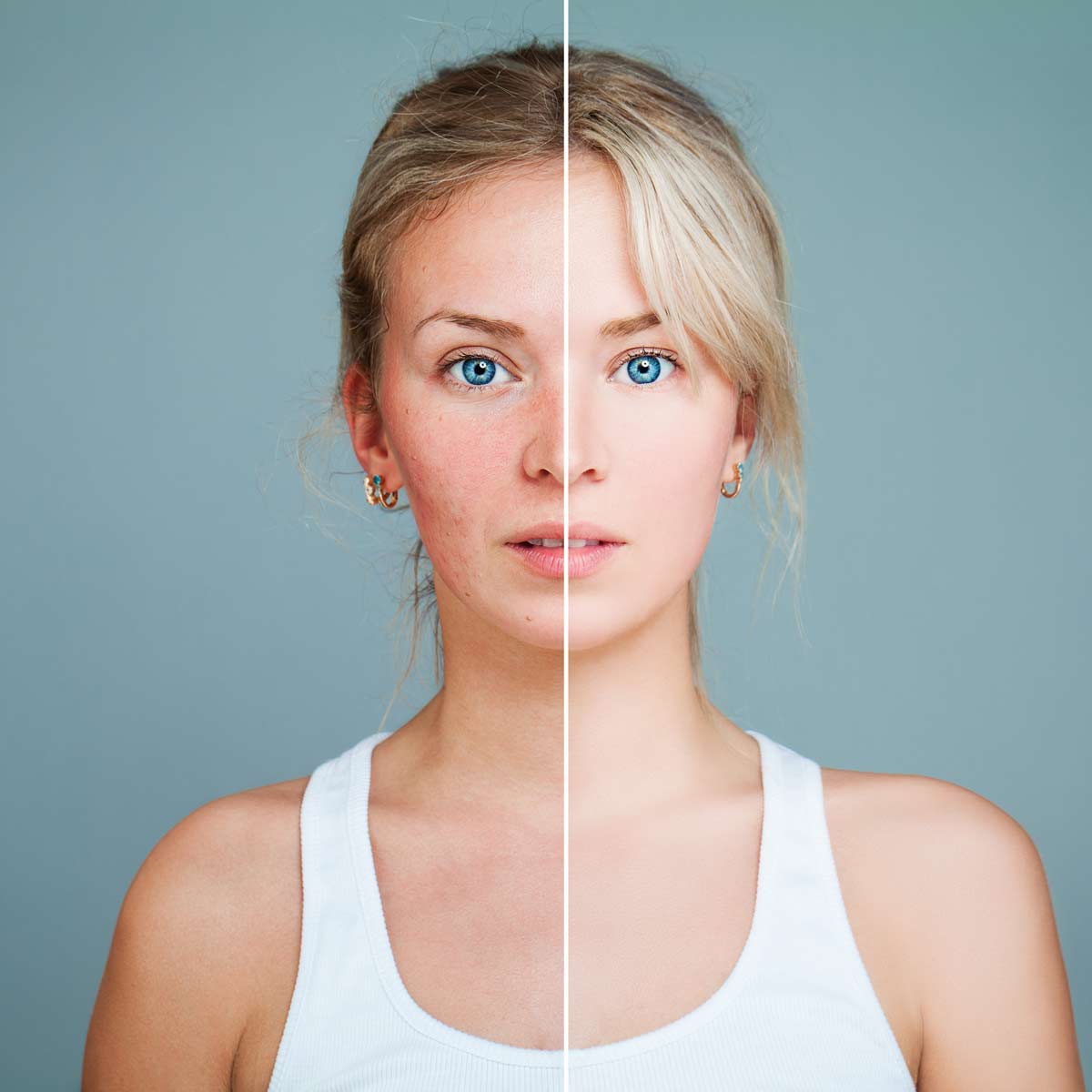
What is Rosacea?
Rosacea is a chronic and often uncomfortable skin condition characterized by redness and inflammation of the cheeks, nose, forehead, and/or chin.
It is estimated that it impacts over 16 million Americans and can be triggered by things like exercising, drinking alcohol, being stressed out, or being exposed to different temperatures.
While there is no definitive cause of rosacea, hormones may be an influencing factor for women.
Those with lighter skin tones are reported to be more prone to developing rosacea due to their lower tolerance for environmental fluctuations.
Left untreated, rosacea can worsen over time and become more severe - so while natural remedies may be helpful at managing symptoms and discomfort, it's important to get checked out if you think you may have it!
Signs and Symptoms of Rosacea
The first signs of rosacea can range from mild to severe, with the most common symptoms being redness and flushing, papules (small hardened bumps) and pustules (large red bumps filled with pus).
Other less common signs include burning or stinging sensations, itchiness, dry skin patches, broken blood vessels that appear as small, spidery lines, and an enlarged nose (known as rhinophyma).
Causes of Rosacea
As mentioned earlier, hormones can be a trigger for rosacea, as well as certain foods (especially spicy dishes), sunlight or other UV exposure, hot and cold temperatures, alcohol consumption, medication side effects, and skin care irritants.
The following links are affiliate links.
The Best Essential Oils for Rosacea
- Frankincense: This essential oil has antiseptic and astringent properties which can help reduce inflammation, thus making it an effective option for rosacea sufferers. Frankincense for rosacea was a game changer for me.
- Helichrysum: This essential oil is rich in anti-inflammatory properties, which makes it excellent for healing skin conditions like rosacea. It also helps reduce redness and irritation from the skin.
- Rosemary: Rosemary is known to be a natural toner, helping to reduce redness, puffiness and broken capillaries associated with rosacea.
- Sandalwood: This soothing oil has antibacterial and antiseptic properties which can help reduce infection and decrease inflammation caused by rosacea.
- Roman Chamomile: Roman Chamomile is great for calming the skin, and reducing redness and inflammation caused by rosacea.
- Clary Sage: Clary Sage's soothing qualities help improve blood circulation while reducing inflammation – two essential benefits of treating rosacea! It can also work to help the natural regulation of hormones.
- Tea Tree: Tea Tree oil is highly antibacterial and antifungal, which can help reduce infection that may occur due to rosacea flare ups.
- Lavender: Lavender has antiseptic, antifungal and anti-inflammatory properties which can help soothe the skin during a flare up of Rosacea.
Choosing the Right Essential Oils for Your Skin
When choosing essential oils or blends to use for rosacea, it is important to consider the individual needs of your skin and what works best for you.
Different essential oils are better suited for different skin types due to their unique properties. For example, if you have sensitive and dry skin, lavender may be more beneficial than tea tree oil as it has a calming effect on the skin.
Tea tree can be especially effective if you have acne that accompanies your rosacea.
Tips and Techniques to Get the Most Out of Your Treatment
An effective treatment for rosacea relies on finding the right combination of essential oils and techniques that work best for you. Here are some tips and techniques to help you get the most out of your treatment:
- Keep track of your progress. When trying out different blends or oils, it is important to take note of any changes in symptoms as this will help guide your treatment decisions.
- Avoid touching areas affected by rosacea with dirty hands. This can increase the risk of infection, which can lead to further irritation and inflammation.
- Cleanse first. Before applying essential oils to the skin, make sure to cleanse the area using a gentle cleanser such as micellar water. Do make sure that you actually wash your face - a face wipe is not the same as washing!
- Dilute essential oils. It is important to dilute them by mixing them with a carrier oil before applying them directly onto the skin. This helps reduce any potential irritation and helps keep your skin healthy.
- Massage into skin gently. Use gentle circular motions when massaging the essential oils into your skin as this helps promote circulation and absorption of the beneficial compounds in the oil itself.
- Experiment! If one blend doesn’t seem to be working, don’t give up! Trying different combinations of essential oils can help you find the perfect solution for your rosacea needs.
Rosacea Essential Oils Recipes
Rosacea can be caused by either infectious or autoimmune disorders. In the case of an autoimmune trigger, cleansing can be helpful. If there is an infectious disorder, antibiotic oils are helpful.
Recipe for Mild Rosacea
1 drop Lavender Essential Oil
1 drop Frankincense Essential Oil
1 drop Helichrysum Essential Oil
1 drop Tea Tree Essential Oil
Dilute with ½ tablespoon carrier oil and apply three times a day.
Recipe for Infectious Rosacea
20 drops Helichrysum Essential Oil
20 drops Frankincense Essential Oil
20 drops Sandalwood Essential Oil
10 drops Lavender Essential Oil
5 drops Rosemary Essential Oil
Carrier Oil
Place oils in a four ounce glass or safe plastic bottle. Fill with carrier oil. Shake well before use and spray on hands. Gently apply to face twice daily.
Precautions When Using Essential Oils for Rosacea
Essential oils can be an effective method of managing a rosacea flare-up, but it is important to take the necessary precautions when using them. Here are some things to keep in mind:
- Not all essential oils are suitable for use on skin with rosacea. Some can cause additional irritation, so always do your research and make sure you are using an oil that is suitable for your skin.
- Although essential oils may help reduce the symptoms of rosacea, they cannot cure it. They should be used in conjunction with other treatments, such as dietary and lifestyle changes.
- For both infectious and autoimmune triggers, diet is important. Avoid spicy foods, gluten and diary. Good supplements are key. Research shows that omega-3 fatty acids can help fight redness and irritation. Green tea may also be helpful.
- Always perform a patch test before using a new blend or oil on your skin. This will allow you to determine if there is any sensitivity or irritation caused by the particular blend or oil before applying it to larger areas of skin.
- When applying essential oils directly onto the skin, start off with a very small amount at first and increase gradually over time if necessary. ALWAYS DILUTE your essential oils with a carrier oil. This will help avoid overwhelming your skin and causing further irritation and inflammation.
Ultimately, essential oils can be a powerful tool in helping to manage the symptoms of rosacea. However, it is important to take the necessary precautions when using them and to consult with a healthcare practitioner if you have a serious case of rosacea or any health concerns.
With patience and experimentation, you can find the right combination of essential oils that work best for your needs. If you adhere to these tips and follow the guidelines set by your healthcare provider, you will be able to get the most out of your treatment and enjoy relief from your rosacea flare-ups.


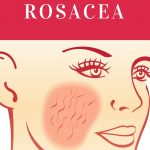

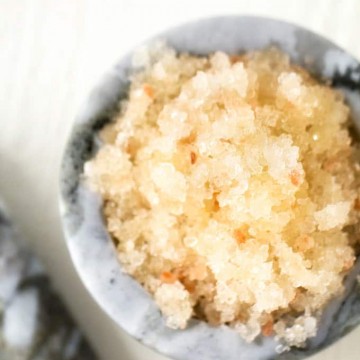

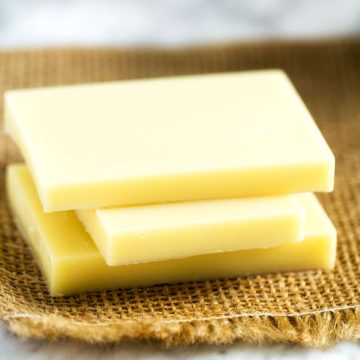
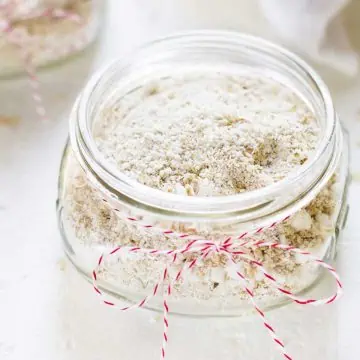
Teri P.
Do these oils help with the spider veins associated with Rosacea?
Wendy Polisi
I haven't experienced it personally but I think that they would help.